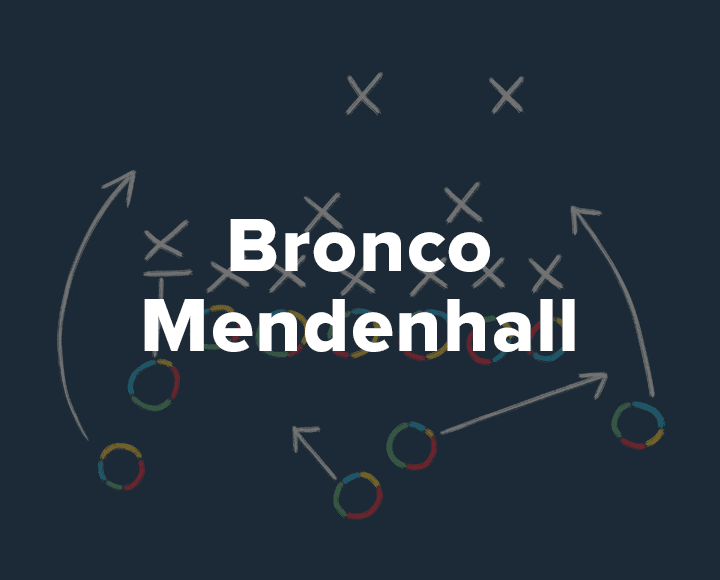Objectives
To eliminate safety incidents and injuries while improving overall team effectiveness.
Safety has been at the foundation of the DuPont Company’s operating philosophy since its inception in 1802 when the company’s product was gunpowder. Much effort, manpower and expense is dedicated to managing and maintaining an industry-leading safety performance.
When the company began the process of developing a new safety program following less-than-acceptable performance in its KEVLAR® Pulp Operations, its short term desired outcome was to achieve a 3-year on-plant injury-free milestone on May 31, 1998. The objectives were to:
- Complete the summer/fall vacation and outdoor season with ZERO off-the-job injuries
- Use this understanding of safety performance success as the basis for uncovering drivers of effectiveness among the Pulp Operations Team
The long-term objective was to complete 1998 injury-free:
- Complete 1998 with NO additional serious incidents
- Complete 1998 with NO environmental incidents
- Build on the understanding of team members to assist the Operations Team in making the changes needed to achieve its vision for future operation
Challenge
Serious incidents and injuries well above the safety goal of zero.
At 1996 year end, the KEVLAR® operations team had sustained the following safety results:
- 4 on-plant recordable injuries
- 34 serious incidents, which could easily have resulted in further injuries. Five of these were from Pulp.
The goal of the KEVLAR® Pulp Operations team, as well as every other organization within DuPont, is ZERO injuries both on and off the job, and ZERO environmental releases. This was not the case with the KEVLAR® team’s safety performance through the year of 1996.
Originally designed as a self-developed challenge to come up with a different safety theme and program for 1997, following a year in which the KEVLAR® organization’s safety performance was not acceptable, the new program had to incorporate six safety initiatives that had been developed by a team with members from across the entire operations organization. These six key initiatives, which were identified as requirements for maintaining satisfactory safety performance, were: accountability, auditing, consistency, communication, training and thinking.
Solutions
Looking at safety management through a broader thinking lens in order to see all potential issues.
“Successful safety management must operate in a Whole Brain® way.”
To get a better understanding of how it approached safety, the team began its deliberations by viewing themselves in terms of both their thinking preferences and their personality styles. With a goal of understanding what they saw well and what they tended to leave out, the team used two assessment tools: the Herrmann Brain Dominance Instrument® (HBDI®) and the Myers-Briggs Type Indicator (MBTI®).
The HBDI® defines and describes an individual’s preferences for thinking across the four quadrants of the Whole Brain® Model (see figure 1). Figure 2 shows a map of the individual HBDI® results of the team, which revealed a strongly B-quadrant/process-oriented team. While a preference for safekeeping and risk-avoidance thinking was not surprising, the team recognized that successful safety management must operate with a broader perspective in order to be able to see all potential issues. Fig. 2: A strongly B-quadrant oriented operation team
A Whole Brain® Explanation of Safety Management
The inception of a Whole Brain® explanation of safety management began as a new and different way to look at safety and to plan the KEVLAR® Pulp Operations Team 1997 safety meetings. Along with the consideration of the “Thinking” initiative and how it was a natural lead-in to the Whole Brain® concept came the Whole Brain® notion that when tasks or teams that work well are analyzed, they are found to be structured and functioning in a way that takes into account all four quadrants of the Whole Brain® Model. So, successful safety management must also operate in a Whole Brain® way.
After working with Herrmann International to conduct a “pro-forma” analysis and comparison of many of the aspects that go into the management of safety, it was clear that this assumption was true. In fact, a deeper look at the topic revealed that each of the six initiatives was, in itself, a Whole Brain® operation worthy of in depth study and discussion. Thus emerged the theme of Whole Brain® Safety.
After an introductory meeting in which the Whole Brain® Model and Whole Brain® Thinking were introduced, each 1997 safety meeting began with a discussion of the Whole Brain® structure and operation of one of the six initiatives. A “Safety is a Whole Brain® State of Mind” logo was developed, and banners were made for displaying in prominent locations throughout the Pulp Operations area.
The final safety meeting of the year introduced the possibilities that could/would come from a more in-depth team consideration of Whole Brain® Thinking and how the team members fit into Whole® Brain Safety, based on their HBDI® Profiles.
In 1998 the safety theme for KEVLAR® Pulp continued to be centered around Whole Brain® Safety. As new members are added, each person is given the opportunity to complete the HBDI® assessment for interpretation and discussion in future meetings.
Results
1,000+ days (and counting) injury-free, zero environmental incidents and the elimination of off-the-job time lost due to injuries
Whole Brain® Safety quickly began to make its mark. At 1997 year end, the KEVLAR® team had attained:
0 on-plant recordable injuries
32 serious incidents, 10 of which were from Pulp Through 1997 and up to April 27, 1998, the KEVLAR® Pulp Operations team achieved:
- 1,061 days since the last on-the-job injury (This represents 450,000 exposure hours for this 75-person organization.)
- No off-the-job lost time injuries since June, 1996
- 1 serious incident in 1998 YTD
- No environmental incidents in 1998 YTD
In Whole Brain® terms, the results show just how broad-reaching the impact is of this new safety theme and program:
- A quadrant: The statistics tell the story: 1,061 days and counting since the last injury.
- B quadrant: The entire KEVLAR® Pulp Operations team participated and contributed to the future vision around which all change will focus on compliance with safety rules and procedures as a condition of employment.
- C quadrant: Everyone in KEVLAR® Pulp goes home as safe and healthy as when they arrived.
- D quadrant: New connections that work beautifully from the start are always viewed as no more than common sense after the fact.
UNLEASH THINKING POTENTIAL
Herrmann International combines powerful psychometric tools with learning programs to prepare your workforce for a complex and volatile environment. Learn more about our assessment tools, explore our learning programs, or talk to a Whole Brain® Specialist today.









